Between squinted eyes fighting to hold back the driving rain, we surveyed our landing spot. Beyond the sandy beach, there was only dense forest of jack pine and black spruce as far as the eye could see. We zipped our jackets a little higher and adjusted our packs a little tighter. With a wave goodbye to the captain of our shuttle, the aluminum catamaran was swallowed in the mist leaving us alone. We were walking out.
A superior adventure on the Lake Superior Coastal Trail
Voyageur route
Hiking the Coastal Trail in Pukaskwa National Park on Lake Superior’s northern shore had been a family decision. My husband, Fraser, and I had carefully consulted with our sons, Luke, 10, and Zach, 8, as the remote and rugged route required planning, training and commitment on everyone’s part.
Up until then we had enjoyed multi-day canoe trips and weekend hikes as a family, but 60 kilometers over seven days burdened with heavy packs was a daunting proposition. Our biggest concern was that on this single-access-point trail, failure was not an option. Blisters and tears would not be grounds for rescue.
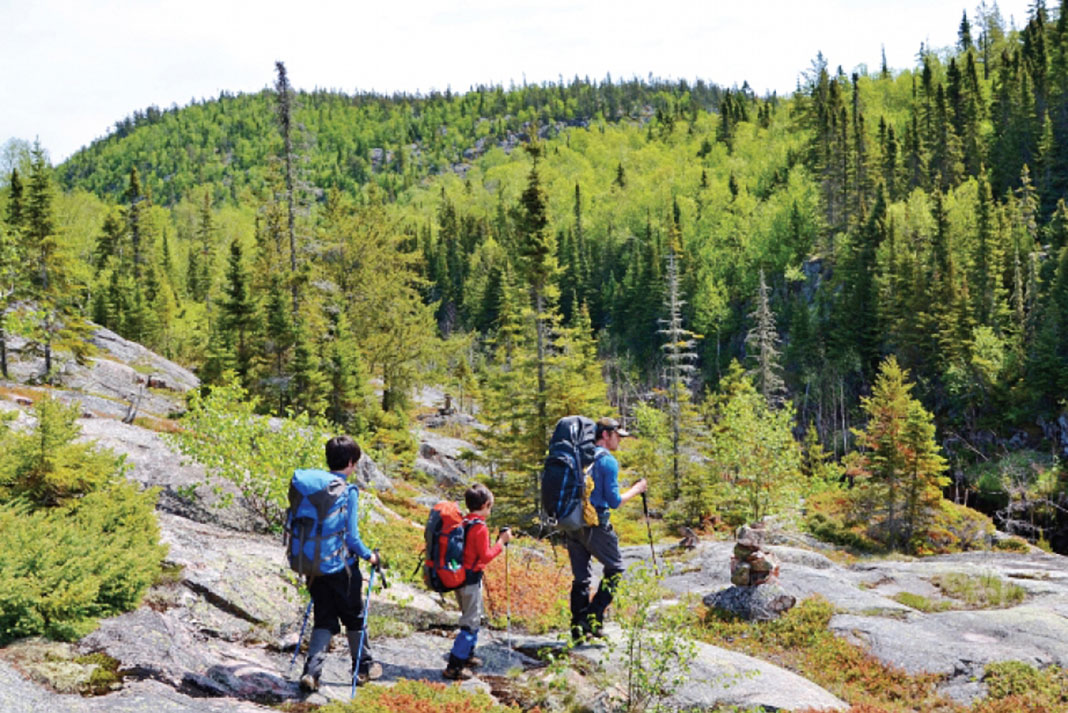
The 1,900-square-kilometer national park is the definition of isolation, part of the longest undeveloped shoreline anywhere on the Great Lakes. The solitary road that leads into the park terminates at Hattie Cove campground where we would complete our hike.
Truly a backpacker’s paradise, the trail is part of the larger, and yet to be fully realized, 1,100-kilometer Voyageur Route, which will one day carve a continuous hiking path from the eastern shore of Lake Huron to the western shore of Lake Superior.
The trail hugs the shore and is a maze of ascents and descents, fallen trees and car-sized rock slabs; at times it’s so steep hiking poles are set aside in favor of good old-fashioned scrambling. Boulder fields are vast and ankle twisting, shifting and slippery when wet. I took each step as if the next could result in a trip-ending injury, while Luke and Zach made a sport of it. I cautioned them to be careful, but “obstacles make it more interesting” they assured me.
Steady hands
River crossings became our favorite obstacle. Spring run-off on the White Gravel River brought wide banks and a swift current. The water was ice-cold, even more so than the brisk air. At its deepest, the river cut us at the knees and sprayed us even higher. We strategized a team effort that carried us across both figuratively and literally, Zach hitching a ride on Fraser’s back. Walk briskly, plant feet and hiking poles firmly, and keep moving.
With each river crossed, I saw the confidence growing in the boys. Their steps came more easily, the placement more precise. They called out warnings of upcoming hazards and held back branches, offering steady hands for support. Luke repeated, “Thanks for bringing us,” like a mantra and I was so glad that we had.
Golden ticket
We fell into an easy routine. Each evening Fraser and I set up camp while the boys played at our campsite, each one seemingly plucked from a glossy travel brochure targeted at busy urbanites like us dreaming of empty beaches.
In heavy hikers, bear whistles around their necks, the kids dug in the sand, burying each other, sketching masterpieces with sticks and unearthing treasures of smoothed glass, perfect skipping stones and once, a half of a tennis ball lost from some far shore. They could have discovered gold for how thrilled they were.
With no electronics to turn to, their imaginations were entertainment. Activities that back in the city would be deemed uncool were thrilling with nobody watching to pass judgement. I was amazed by their resilience; never too tired, never bored, and rarely a complaint. When the May blackfly clouds became too thick, we climbed into our sleeping bags and I read to them from Charlie and the Chocolate Factory.
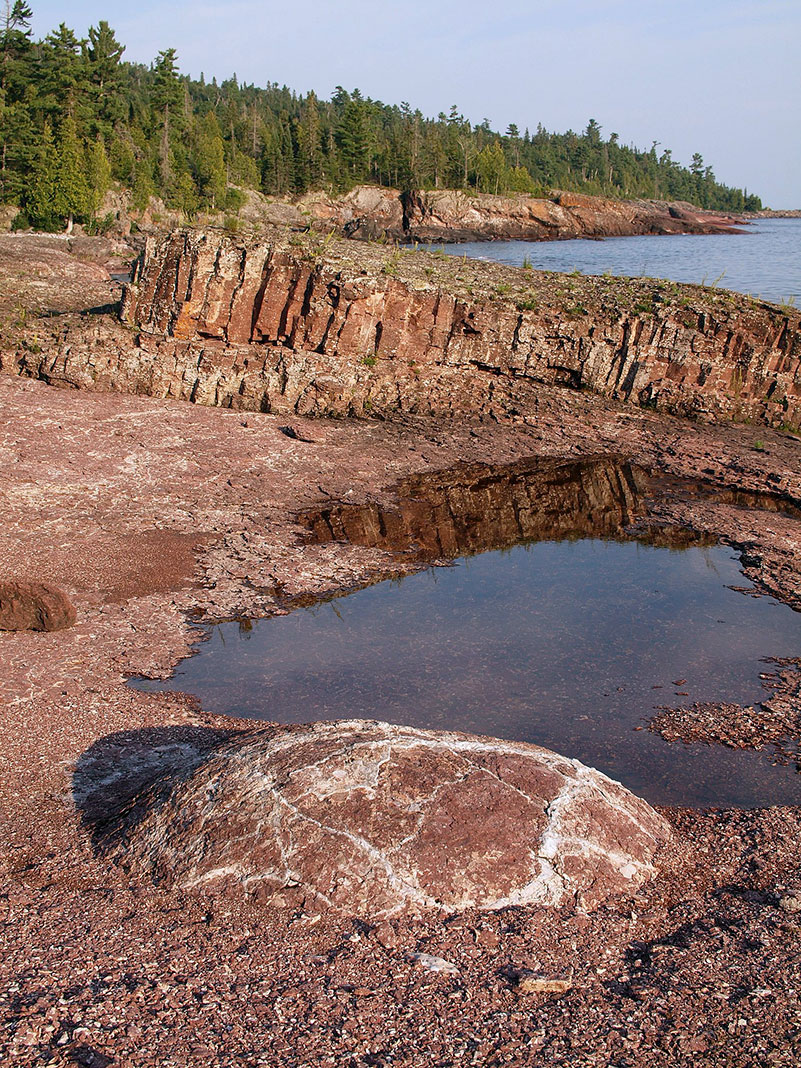
Partners in grime
When the topography became demanding—which was often—banter was replaced with grunts of exertion and the thud of boots drumming against rock and earth. We wiped the mix of rain, sweat and bugs from our eyes and sported cuts, bruises and bites like badges of honor. For possibly the first time in their lives, our guys faced real adversity. In doing so, they were finding themselves one step at a time, proving to themselves just how capable they were, both physically and mentally.
On past trips, Fraser and I had acted like camp counselors, assuming most of the responsibilities. To complete this trip, the boys had to become our tripping partners. They carried their share of the load, did their share of the work and deserved to share the credit. Four equal members hauling gear, route finding, menu planning and bear calling.
A week of jumping crevasses, marveling over bear prints and crossing dizzying suspension bridges taught them more about problem solving, judgement and teamwork than the best efforts of parents or teachers ever could.
Pint-sized backpacking
When determining your hiking route, take your kid’s attitude, excitement and previous experience into consideration, advises author, father and avid backpacker, Michael Lanza.
If you’re just getting started, choosing an easy to moderate hike and keeping it short and sweet is key to fostering a love of the sport, says Lanza. As editor for Backpacker magazine, he and his wife have tripped extensively with their two children, now 11 and 13.
“In moderately hilly terrain, a kid carrying little or no weight can easily maintain a two-mile-per-hour pace while walking,” he advises. Don’t ask too much of your younger child though—little ones “will go very slowly because they want to explore instead of just plodding forward.”
While adults should expect to shoulder the lion’s share of pack weight, part of maintaining a child’s interest is allowing him to contribute to an expedition.
“Don’t ask a kid to carry a pack; let the child ask to be given a pack to carry,” advises Lanza. By doing this, you create an association in the child’s mind that adults and older kids who are strong, experienced hikers carry packs. “Your child will want to be that kid, and you should then constantly compliment his ability to carry a pack,” he adds.
While adults are generally advised to carry between a quarter and a third of their body weight, making a child’s pack that heavy could put them off of the experience all together. “For a 50-pound child, I’d keep pack weight around 10 to12 pounds or less,” recommends Lanza.
To inspire participation and interest in making miles, offer small rewards. “Bring a treat they don’t often get to have to help build a positive association with hiking in their minds,” says Lanza.
Play games on trail (anything but I-Spy) and “pick a hike that has terrain features that will interest kids, like creeks or lakes that are safe to play in, waterfalls, rocks to scramble on, or the likelihood of seeing animals.”
Most importantly, aim for fun and not distance in the early years. This way you stand the best chance for a future filled with family backpacking adventures.
A superior adventure on the Lake Superior Coastal Trail. | Feature photo: Jennifer Johnson



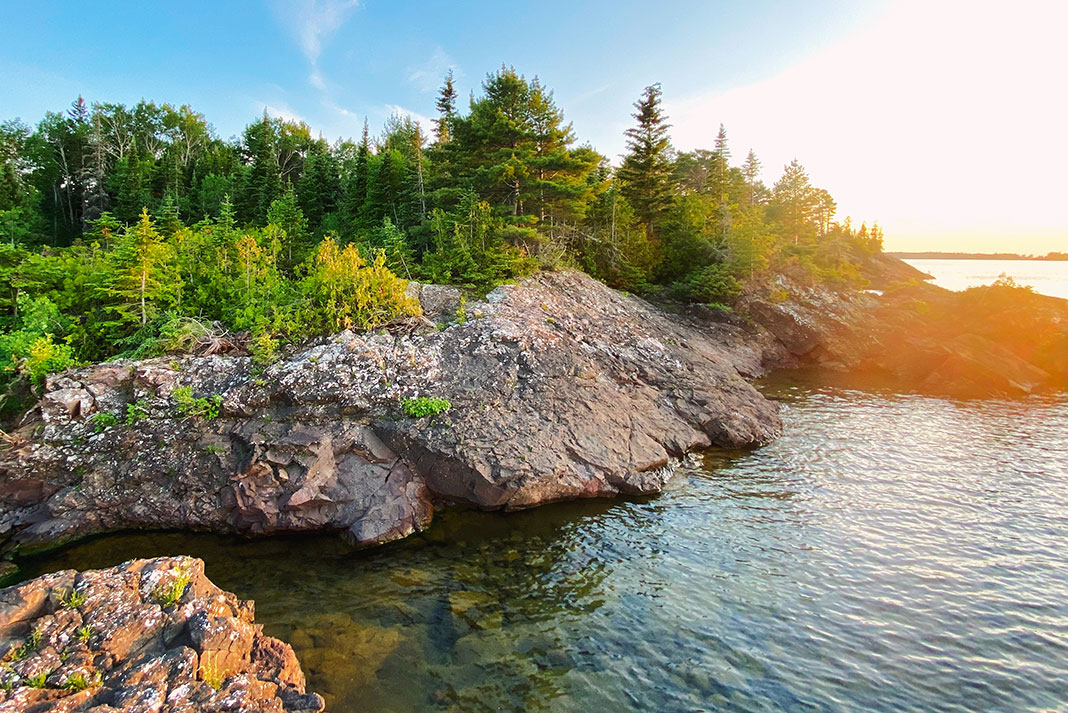
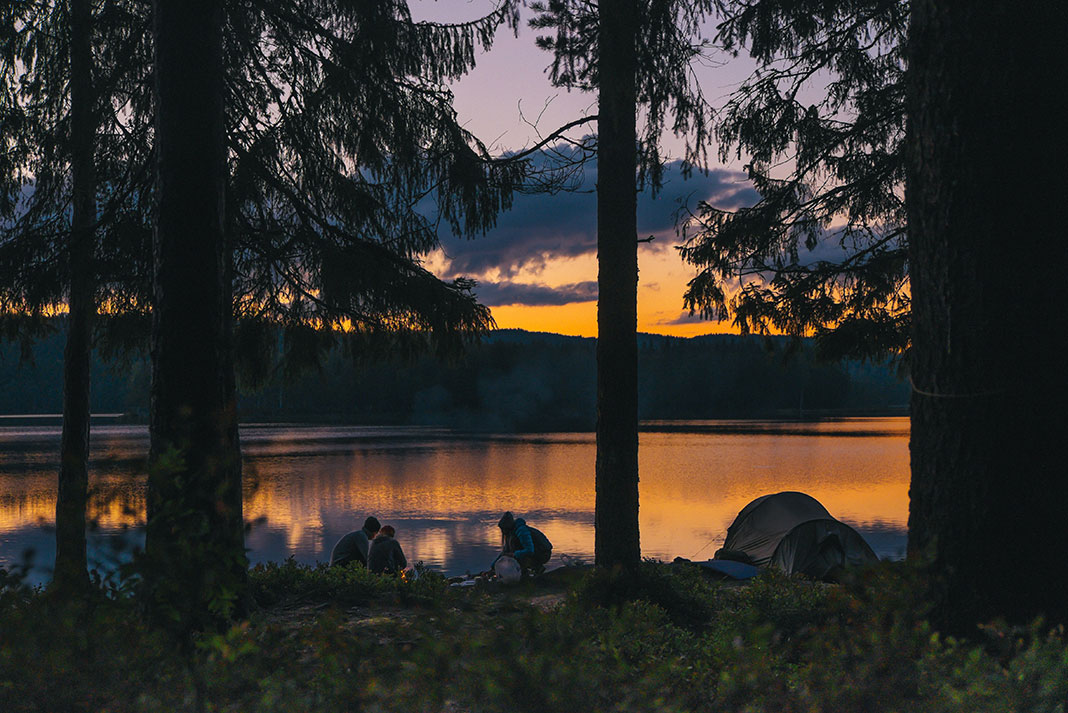
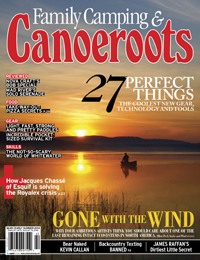 This article was first published in the Early Summer 2014 issue of Canoeroots Magazine.
This article was first published in the Early Summer 2014 issue of Canoeroots Magazine. 